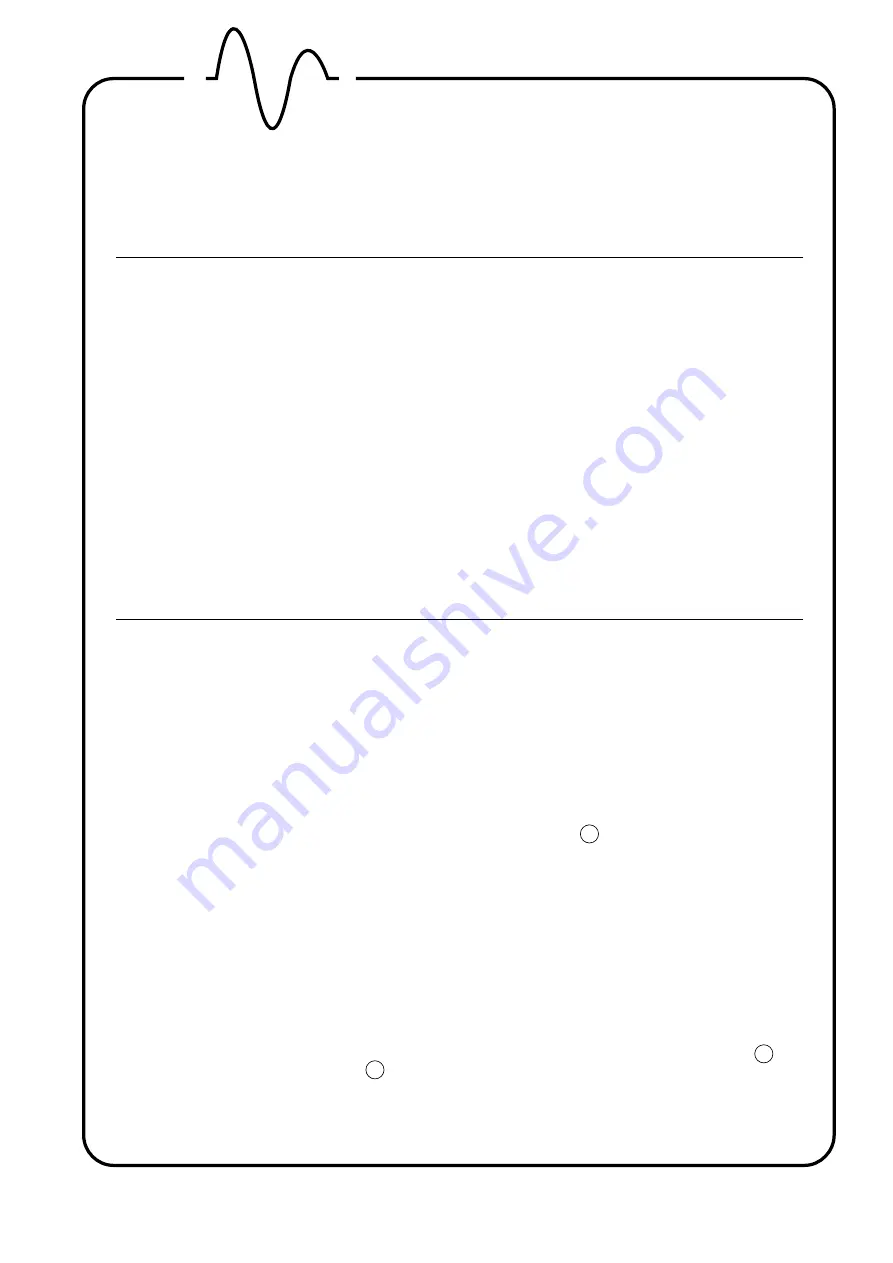
R O P E X
R O P E X
R O P E X
R O P E X
INDUSTRIE - ELEKTRONIK GmbH
Page 9
Under certain conditions, sealing is also possible with the
socalled
procedure. During such a phase the
remaining heat in a sealing element is calculated to be just
enough for the sealing process. This means that in the
timing process, the temperature drops in phase 4 . The
current is cut off when the jaws touch. The heat flows into
the film and "unloads" the heatseal band, which results in a
fast cooling phase. For this method to be effective the
thickness, therefore the mass, of the heatseal band must
be great enough to hold the required total heat.
rest-heat
not exceed 1°C./mSec. The total system, principally the
secondary voltage, must be optimized to achieve the
best result.
The cool down of the heatseal band while still under the
force of the jaws is the main advantage of impulse
sealing (phase 5). After turning off the energy most of
the excess heat is absorbed by the jaws. Cooling of the
jaws is sometimes recommended so that they can
absorb enough heat from the heatseal band quickly.
Contrary to the constant heat feature, a good heat flow
between the sealing element and the jaws must be
assured by using a thin backup material with good
thermal conductivity behind the heatseal band.
Our application service will give you the necessa-
ry data for your special application.
The pre-set temperature should always be attained
when the sealing jaws are still open. This allows the
sealing element to expand without interference and
avoids over-stressing of the ends (phase 2 ).
The system should be designed to drive the heatseal
band to the pre-set temperature in minimum time.
However, the maximum rate of temperature rise should
7.1
7.2
7. OPERATING MODES
Constant Heat
Impulse Sealing
The impulse sealing method occurs when the start signal
is synchronized with the machine rhythm, every heating
phase is followed by a cooling phase
.
Cooling is effected with jaws closed so that the seal has
already set and has good strength and appearance when
the jaws are opened.
This method is preferred when sealing time is available
because seam strength and appearance are better.
Since the impulse heat sealing is a thermodynamic
reversible procedure, and is often influenced by time
restraints, it is very important that the relevant parameters
- temperature, time and pressure - are very carefully
synchronized.
The following diagram shows an example of the timely
setting of temperature and jaw movement.
with jaws closed
The START signal is turned on for the duration of the
machine use, and the heatseal element is constantly
monitored and maintained at the pre-set temperature.
During the sealing phases, the controller automatically
compensates for the "lost" heat by increasing the current
through the heatseal element. During pauses, only
reduced current is necessary to maintain the preset
temperature to offset the heat lost into the environment.
When the jaws are open, the controller will compensate
and overheating is not possible. The constant heat
feature is usually used for speeds over 50-60
cycles/minute when the interval between seals is short
and cool down time is minimal.
The advantage of this operation method is that the
heatseal element must not constantly be reheated.
Therefore the demand during the initial heating phase is
not as great as during an impulse process. Also there is
less demand upon the heatseal element (less expansion
and contraction); the band remains in its expanded
condition. The disadvantage of the constant heat is the
loss of controlled cool down time while the jaws hold the
seal. When the jaws are opened in the warm status, seals
tend to shrink or deform.
Generally, when operating with constant heat, the seal is
cooled immediately after jaw opening by use of cooling air
or a quenching jaw.
When using the "Constant Heat" feature, a fast cool down
of the heatseal element is not important, therefore, there
should be good thermal insulation between the heatseal
element and the jaws. The heat flow into the jaws, and the
heating of the jaws, will be reduced. Less total energy will
be consumed. The result is less demand on the
transformer and the controller.
Depending upon the use of the START signal, two
completely different modes of operation can be chosen:
Constant heat or Impulse.
The choise of mode and the correct timing of the impulse
sealing will be determinded by practical tests with the
machine, the product, and the film.
Basic rules for impulse heatsealing:
A.
B.
C.
































